Sleeper cars have been around for decades, and while they’re certainly not for everyone, they’re often favored by those who prefer to fly under the radar rather than being the center of attention.
You might say that sleeper cars are the introverts of the automotive world. On the surface, there’s not much that stands out, but dig a little deeper, and you’ll soon be impressed with what they have to offer.
The sleeper car tradition started back in the day with now-classic American cars that featured massive V8 engines.
But these days, people are turning cars from virtually every corner of the world into innocent-looking beasts they can use to “go fishing.”
Going fishing is perhaps the ultimate goal of a sleeper — it’s when you lure unsuspecting performance car owners into racing by downplaying your car and complementing their rides.
In this article, we’ll take a closer look at how to make a sleeper car, and how much it would cost to build one.
What Is a Sleeper Car?

A sleeper car is, in essence, a car with an understated exterior compared to its performance.
The name sleeper car comes from the fact that the car looks “asleep,” but also that people “sleep on them,” as in being unaware that these things pack a serious punch.
Here, you won’t find any outlandish bodykits, hood vents, or huge, eye-catching rims. All of those would be considered clues that something sinister may be hiding under the hood.
Of course, that’s not always the case — there’s no shortage of slow cars fitted with these things, but they usually do it to make the car appear faster and sportier than it really is.
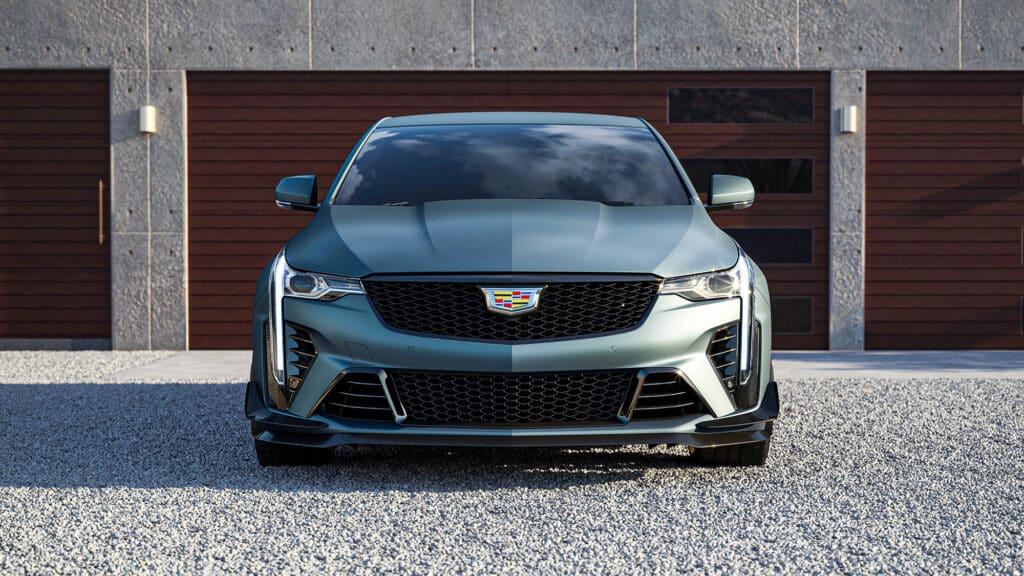
A proper sleeper car is the exact opposite of that. Owners want it to be unassuming. That way, they can leave the opposition eating their dust once the lights turn green.
There are two types of sleepers: regular cars that have been modified, and factory cars that produce way more power than the uninitiated would ever guess.
Examples of the latter include the Mercedes-Benz AMG Hammer, Cadillac CT5-V Blackwing, Volkswagen Passat W8, and Volvo V70R.

Obviously, sports cars such as the Corvette, 911, RX-7, Skyline, and Supra won’t ever be considered sleeper cars. However, that’s not to say some sporty models can’t be sleepers.
For example, most people wouldn’t consider the Miata to be a particularly fast car, but your jaw will certainly drop if you race against one of Flyin’ Miata’s LS V8 converted cars.
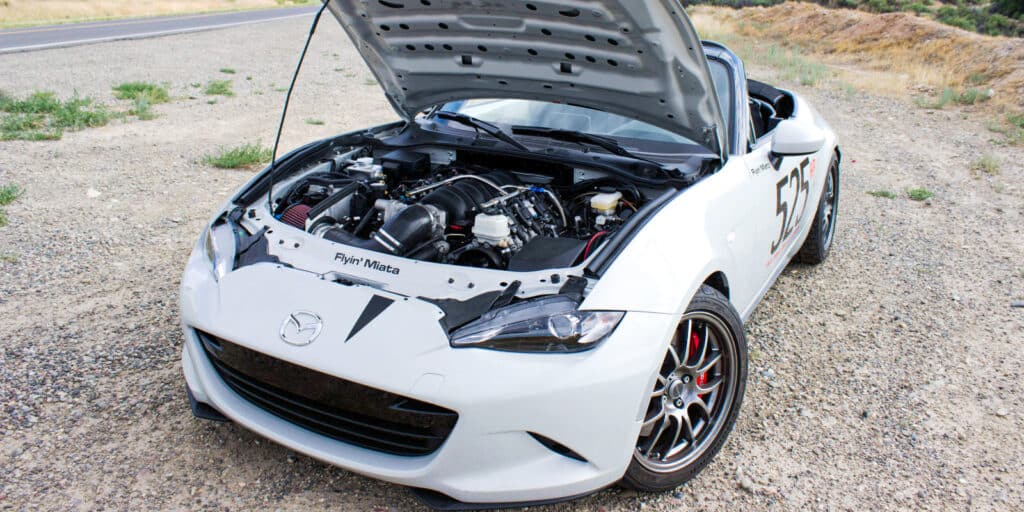
The same thing goes for an S13 Nissan 240SX that’s been fitted with the RB26DETT engine usually found in the Skyline. If the exterior has been left mostly stock, even experienced car enthusiasts wouldn’t suspect a thing.
Since this article is about how to make a sleeper car, we’ll focus on the modifications it takes to build one, rather than the factory sleepers. Spoiler alert: a lot of it comes down to engine modifications.
How To Build a Sleeper Car

As you may have gathered by now, the first step when it comes to creating a sleeper car build is to start with an unassuming car.
Removing all the badges certainly helps, as it can make people think you’re driving a base model.
If you’re driving a higher-end model, you could also consider putting on badges from a lower-spec version.
Beat-up body panels, faded paint, surface rust, and patina can all help sell the illusion that your car doesn’t pose a threat to anyone’s ego — just look at the Farmtruck from Street Outlaws.

You’ll want to avoid any flashy exterior mods, as this will give away the game. Keep it simple, and preferably stock.
Moving on to the engine, it’s usually easier to start with a car that has a powerful engine from the factory.
In most cases, there is no replacement for displacement, as even big engines can be fitted with a supercharger or turbo.
There are plenty of options out there, and most brands have offered something at some point that was built to go fast.
If you’ve picked a car that doesn’t have a powerful engine, there’s always the option of an engine swap, or going down the forced induction route, along with stronger internals.
Of course, we can’t talk about how to build a sleeper without touching upon the engine. So, next, we need to extract a respectable amount of hp or whp from the powerplant.
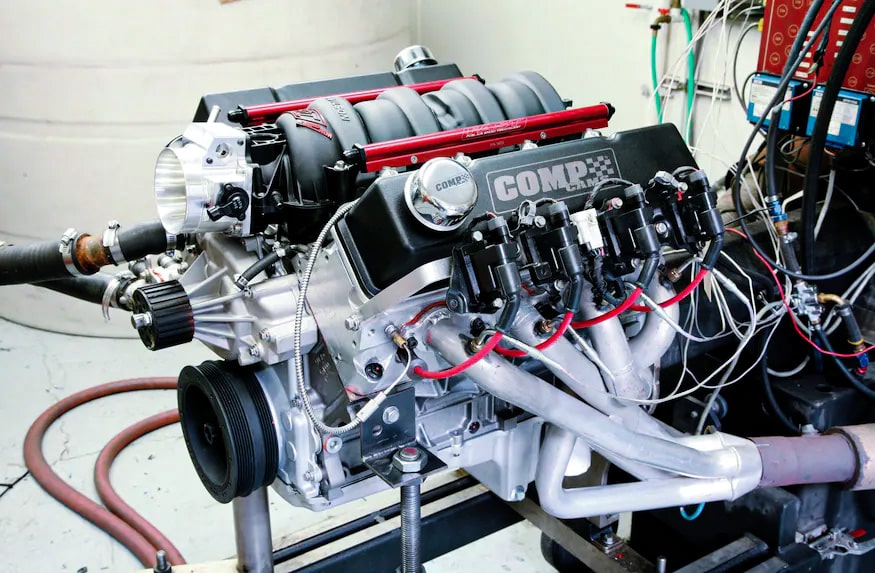
Fitting a short ram or cold air intake and calling it a day won’t get the job done. You’ll need proper hardware! We’re talking cams, head work, you may want to bore and/or stroke it, the works.
Fitting a turbocharger, or two, depending on the engine, tends to be the cheapest option when going for massive hikes in power. A supercharger will also do the trick.
You should note that this may require stronger internals, depending on the engine and how much power you want to extract.
Once that’s done, fueling needs to be sorted. A better fuel pump and bigger injectors, along with some sort of fuel management system will take care of that, and then it needs to be tuned — preferably on a dyno.
One thing to keep in mind is the exhaust system. You’ll certainly want a bigger, more free-flowing exhaust system for better scavenging, but it shouldn’t be loud, as that would attract unwanted attention.
A custom-built exhaust is probably the way to go, and a reputable performance shop should be able to make one for you.
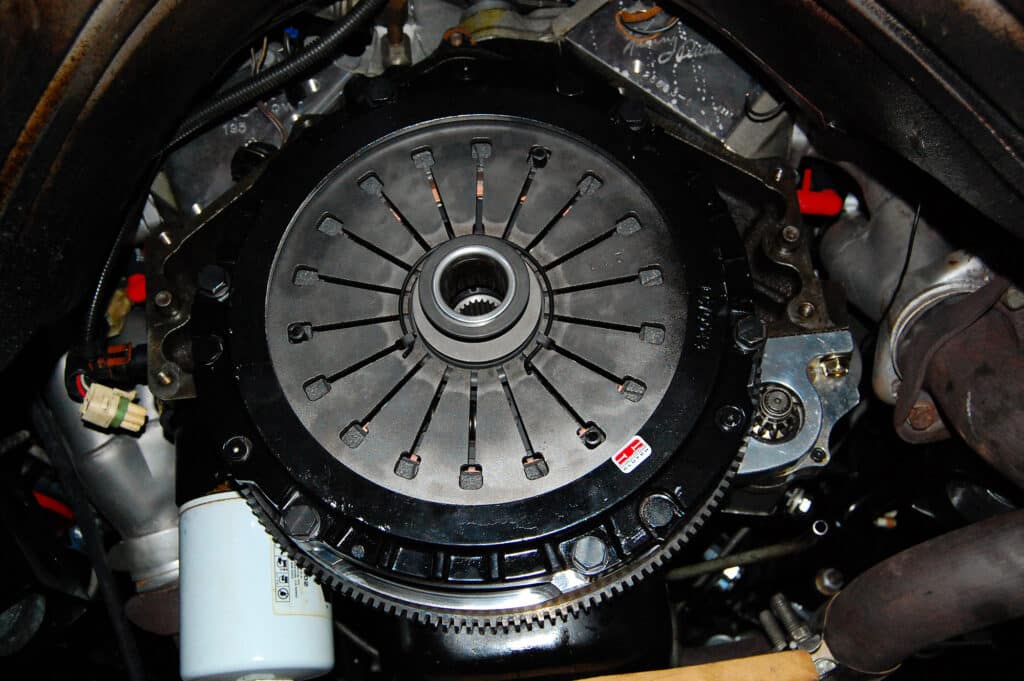
You’ll also want to make sure the transmission can handle the power you’re looking to extract. The clutch will most certainly need an upgrade, and you may need a new transmission or stronger components.
With the engine and drivetrain done, it’s time to move on to the suspension, because it’s nice to be able to go around corners as well.
We would stick to static suspension and avoid bags. That’s because air suspension adds a lot of weight, and while a slammed car looks good, it kind of defeats the purpose of a sleeper.
A set of decent coilovers or struts is the best option, as they won’t lower the car too much at the highest settings.
If you’ve already spent too much money on the engine, a good set of shocks, along with some stiffer springs from a brand like Swift Springs, will get the job done.
Sway bars, strut bars, and polyurethane bushings also help stiffen things up and improve handling.
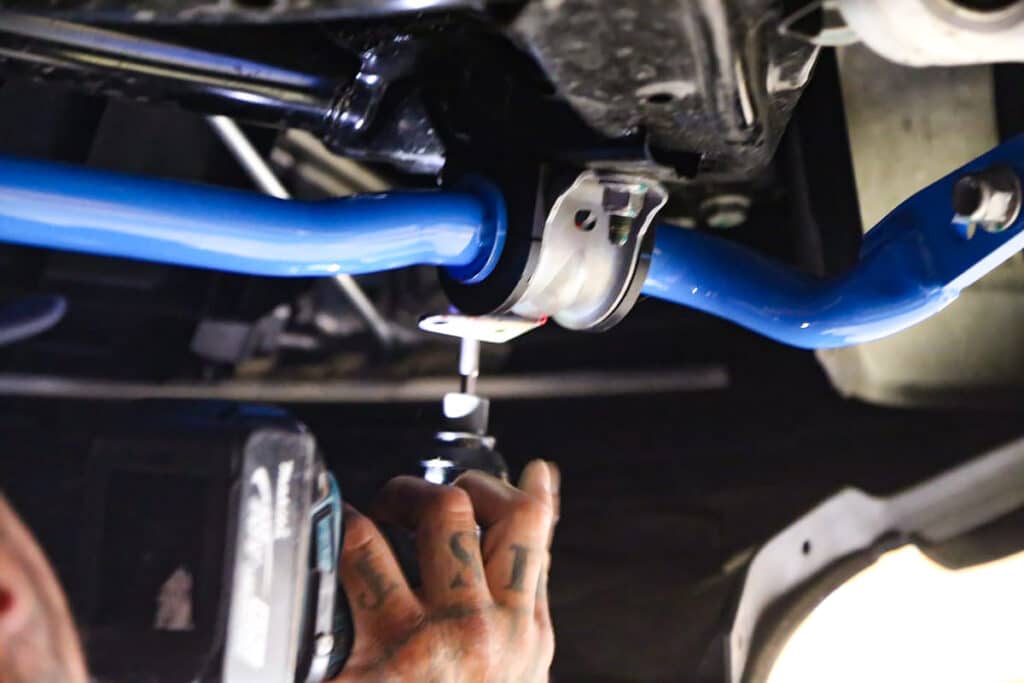
Slowing down is just as important as going fast, so the brakes should most definitely be upgraded now that your car has all this newfound power.
“Mild” sleeper builds may get away with some cross-drilled rotors and better pads, but if your car is pushing out serious power, bigger brakes will be the way to go.
One problem you may potentially run into is that bigger brakes will require bigger wheels, and we all know that rims attract attention.
Getting the biggest discs and calipers that will fit behind the standard rims could help solve that issue.
Speaking of rims, as cool as a set of Rotiforms or Work wheels may be, we don’t think they have a place on a sleeper build.
Stock wheels are good, but in many cases, they’re not wide enough for the tires needed to transfer the power to the road.
If your car already has reasonably wide tires, there’s no need to blow your hard-earned cash on a new set of wheels, just upgrade the rubber.

Old-school sleeper enthusiasts would often use widened steel wheels to throw off the scent, so that’s something to consider. These days, it’s also possible to buy lightweight wheels that look like traditional steelies.
However, if you’re driving a modern-ish car, steel wheels may look just as out of place as their fancier counterparts.
One option is to find a set of aftermarket wheels that won’t draw too much attention, but you can also look into whether the manufacturer offered some upgraded rims for your car.
Failing that, look for OEM wheels from another brand. Most of them are rather bland anyway, and as long as they fit and allow you to wrap them in wider rubber, you’re good to go.
That brings us to the final part of your sleeper car build — the tires. Surprisingly, a lot of people decide to skimp on the tires after spending a lot of money on a build.

You’ll need a lot of grip to get the power down, and cheap tires just won’t cut it if you want to minimize the risk of wrecking your pride and joy.
First of all, if your car doesn’t have sufficient grip, all the money you’ve spent on modifications has been wasted, as you’ll just end up with wheel spin for days.
Second, it’s downright dangerous and irresponsible to drive a car that has tons of power if the tires are no good. You’ll put your own and other people’s lives at risk.
In all honesty, the tires should be at the top of the list if you’re building a fast car, as no other modification will have such a profound impact on its performance for the money a set of tires will set you back.
A set of performance tires doesn’t have to break the bank, especially if you shop around and scour the web for discounts.
There are plenty of options to choose from, and most major tire manufacturers offer some kind of performance-oriented rubber.
That pretty much covers most of how to make a car into a sleeper. Obviously, this is just a rough guide, so you’ll need to do some research to find out exactly what can be done to make your particular car faster.
Let’s find out how much it will cost to build one of these monsters.
How Much Does It Cost To Make a Sleeper Car?
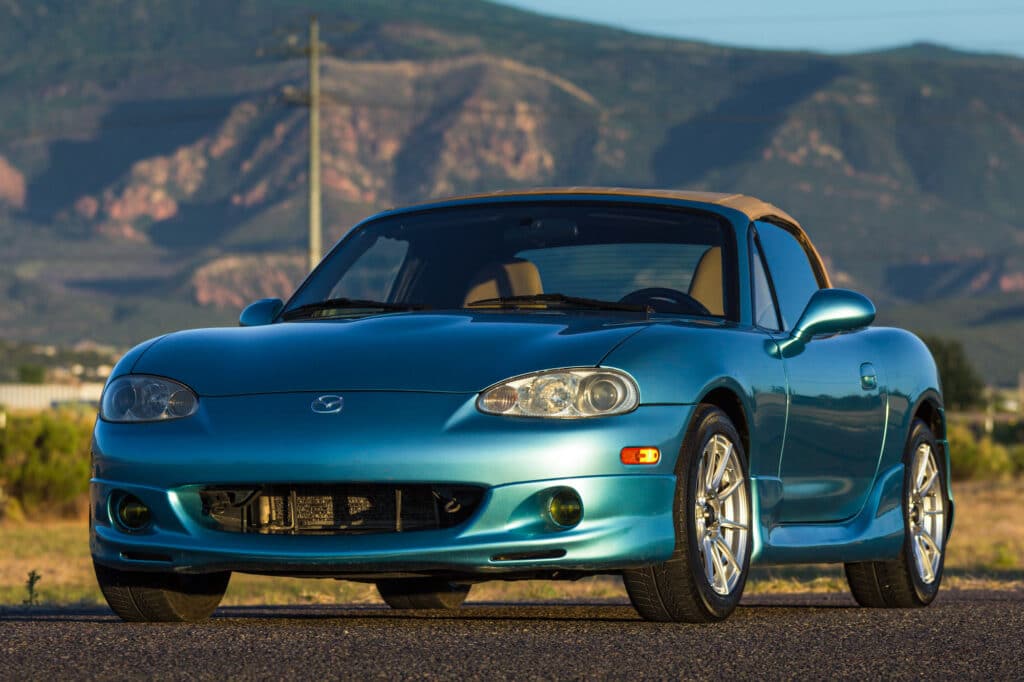
This is a tough one, and the cheeky answer would be; how long is a piece of string?
There are numerous factors at play here, so it’s impossible to give you exact numbers. However, we can provide you with a general idea of what it would cost.
The first thing to take into consideration is your car. If you’re starting with something that produces a lot of power straight from the factory, it can potentially save you money in the long run.
Something like a Mercury Marauder with its 4.6-liter V8 engine that produces 302 horsepower, or the Toyota Aristo that features the 2JZ-GTE made famous by the Supra, have a lot more potential than a base-model 1990s Honda Accord.
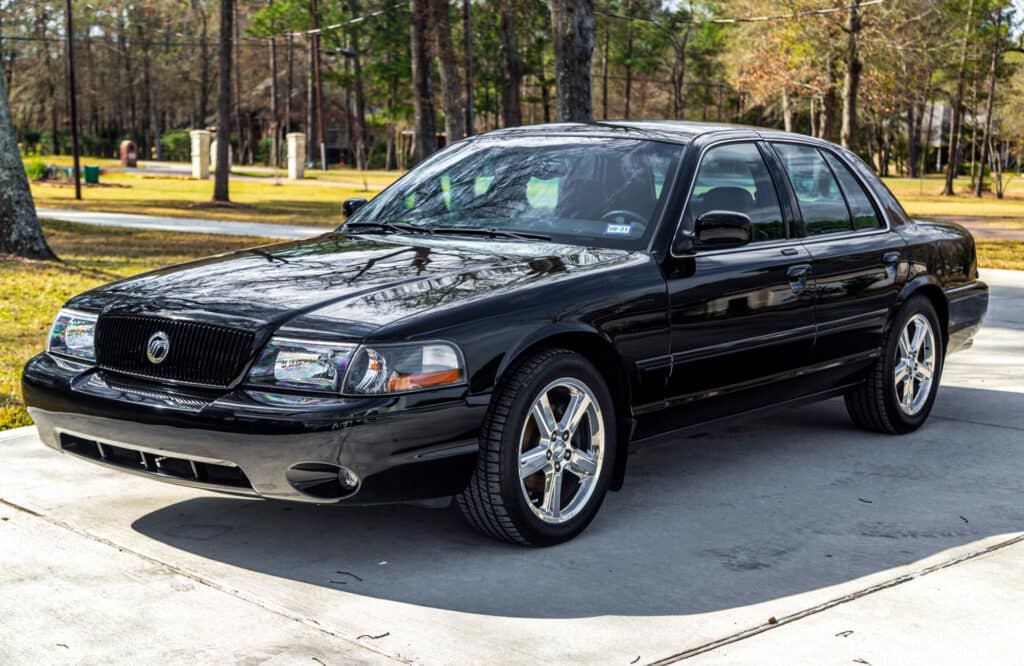
It’s not just about the price of the car and its parts, either. If you have to pay someone to work on your car, the costs will soon skyrocket.
The average hourly cost at a garage in the States in 2023 is more than $150 for labor alone, and reputable shops that know how to build an engine will often charge a lot more than that
If you don’t have deep pockets and can’t turn a wrench, we suggest you get some help from a mechanically inclined friend.
Again, if you start with a car that doesn’t require an engine swap right out of the gate, that’s thousands saved right there.

Engine parts can set you back anywhere from a few hundred dollars, to tens of thousands, depending on how much power you want and how tunable the engine is.
Extracting more power is by far the costliest part of a sleeper car build, and the good news is that you can upgrade the engine over time rather than doing it all at once.
The suspension will set you back a couple of hundred bucks for a set of decent lowering springs — H&R, Eibach, ST, and Vogtland have an average price around the $300 mark.
If you want coilovers, expect to pay from $1000 to $3000 for a quality brand. If you need someone to install them, the cost is similar whether it’s just springs or a full set of coilovers — between $200 and $500.

Cross-drilled and/or slotted replacement brake rotors usually fall in the $100 to $300 range, more if your car has large brakes from the factory, whereas big brake kits can be anywhere from $1000 to $3000+.
The wheels are one area where you can save some money on a sleeper car. If possible, keep the stock ones.
If you need something beefier, check out eBay. A couple of hundred dollars could get you what you need.
Finally, the tires. A set of super-sticky track day tires, such as the Michelin Pilot Sport Cup or Toyo R888 R will provide tons of grip.
Depending on the size, you can expect to pay between $150 to $800+ per tire. However, if your sleeper isn’t producing serious amounts of power, you can get away with running a good set of summer tires.
Doing so will also save you a hefty chunk of change, which you can spend on more engine upgrades — and then you’ll eventually need the track tires after all.
Stealth Mode: On

Building a sleeper car doesn’t have to be expensive, but costs will soon add up if you want to create a monster that’ll keep up with supercars.
While it’s often preferable to start with a car that has a bit of unrealized potential, virtually any model can be turned into a sleeper.
It just depends on how much time and money you’re willing to throw at it.
Do you drive a sleeper car, or are you planning to build one? Let us know in the comments below.
![How to Make a Sleeper Car [Includes Build Costs]](https://low-offset.com/wp-content/uploads/2023/12/how-to-make-a-sleeper-car-800x430.jpg)
